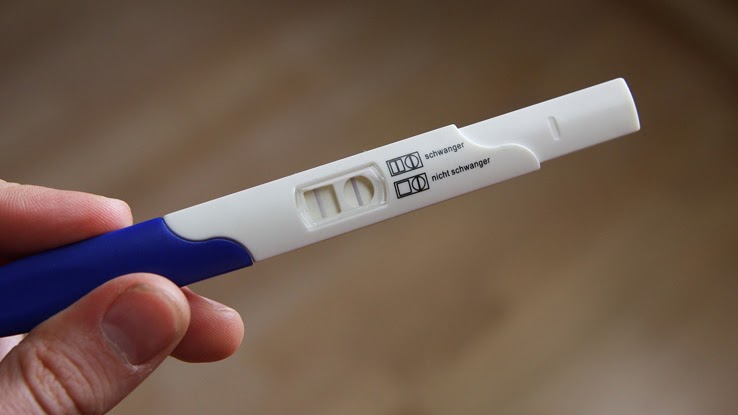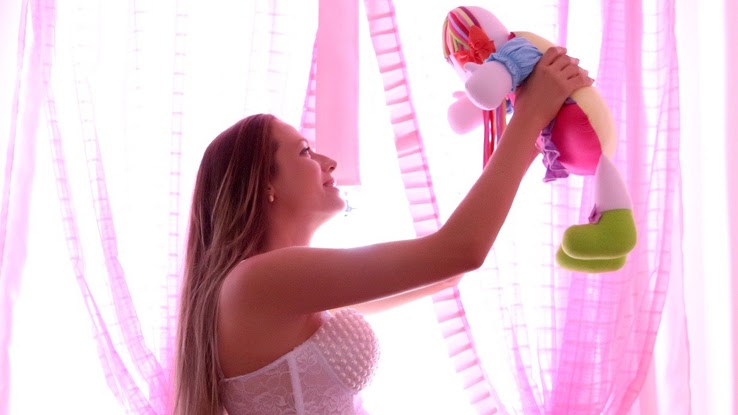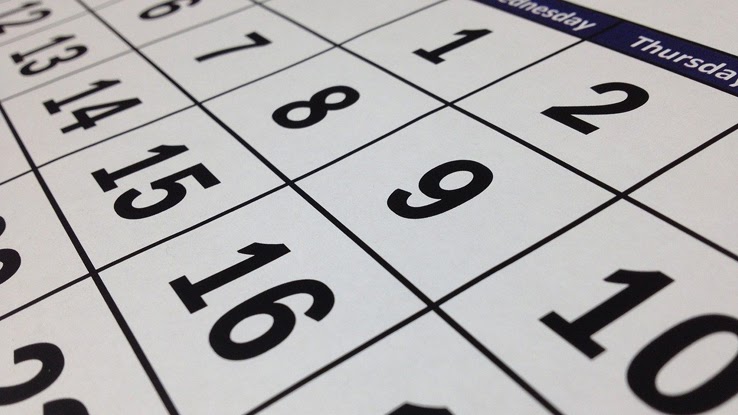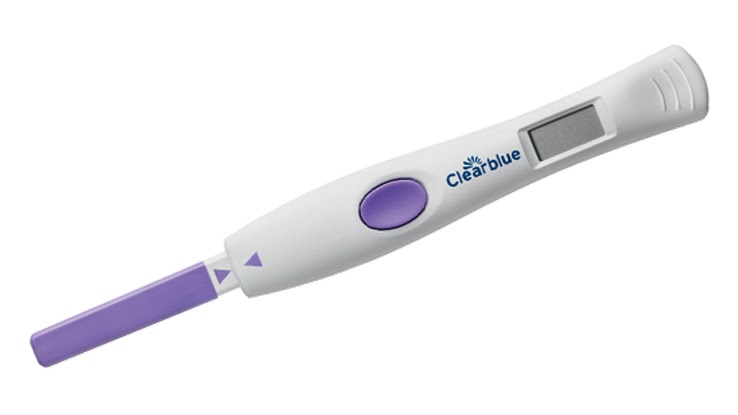How Many Days After Your Period Do You Ovulate?

Ovulation occurs on average between the 11th and 21st days of the menstrual cycle, which is measured from when the first menstrual flow occurs. The menstrual cycle can last from 28 to 32 days, and the duration of menstrual flows can be as short as two days or as long as seven days. It is during ovulation, which happens roughly 14 days before menstrual flow begins, that a person has the best chances of conceiving.
Understanding Ovulation
Ovulation is a phase within the menstrual cycle when the ovaries releases an egg, or ovum, into the uterus. On days six through 14 of the menstrual cycle, the body releases a follicle-stimulating hormone (FHS) that triggers the follicles in the ovaries to mature. However, only one of the follicles reaches maturity. Once the egg is fully mature, the body causes a surge of luteinizing hormones (LH), which encourages the ovaries to release an egg. It usually takes between 28 to 36 hours for the egg to release after the surge of LH.

After the egg is released, it travels through the fallopian tube to the uterus for five days. This is also when the body begins producing more of the hormone progesterone, which makes the uterine lining ready for conception. For it to take place, a sperm has to swim up to the fallopian tubes to meet with the egg and fertilize it. The fertilized egg divides into more cells as it travels further down the tube and becomes a cluster of about 100 cells, called a blastocyst. It implants itself into the uterine lining, where it continues to develop into an embryo.
A 2003 study suggests that ovulation may occur two to three times in one menstrual cycle. More than one egg may also be released during ovulation either naturally or with the use of fertility drugs.
Tracking Your Menstrual Cycle

Signs That You Are Ovulating
Apart from tracking your ovulation period, there are also signs that can help you confirm that you’re ovulating. One of these signs is the changes in your basal body temperature (BBT). As you track your menstrual cycle on a calendar, you can also chart your BBT using a basal thermometer. You are very likely ovulating during a menstrual cycle when your BBT remains higher than your regular BBT for three days.

Your vaginal secretions will also clue you in that you are in your ovulation phase. When entering ovulation, vaginal secretions are wet, clear and stretchy. On the other hand, less noticeable secretions that are thick and cloudy are a sign that you are past your ovulation phase.
If you have few secretions or otherwise can’t tell when you’re ovulating, there is also equipment that can help. Ovulation fertility kits test the LH hormones in your urine, while fertility monitors — though more expensive — track both estrogen and LH to help determine the fertile period.





